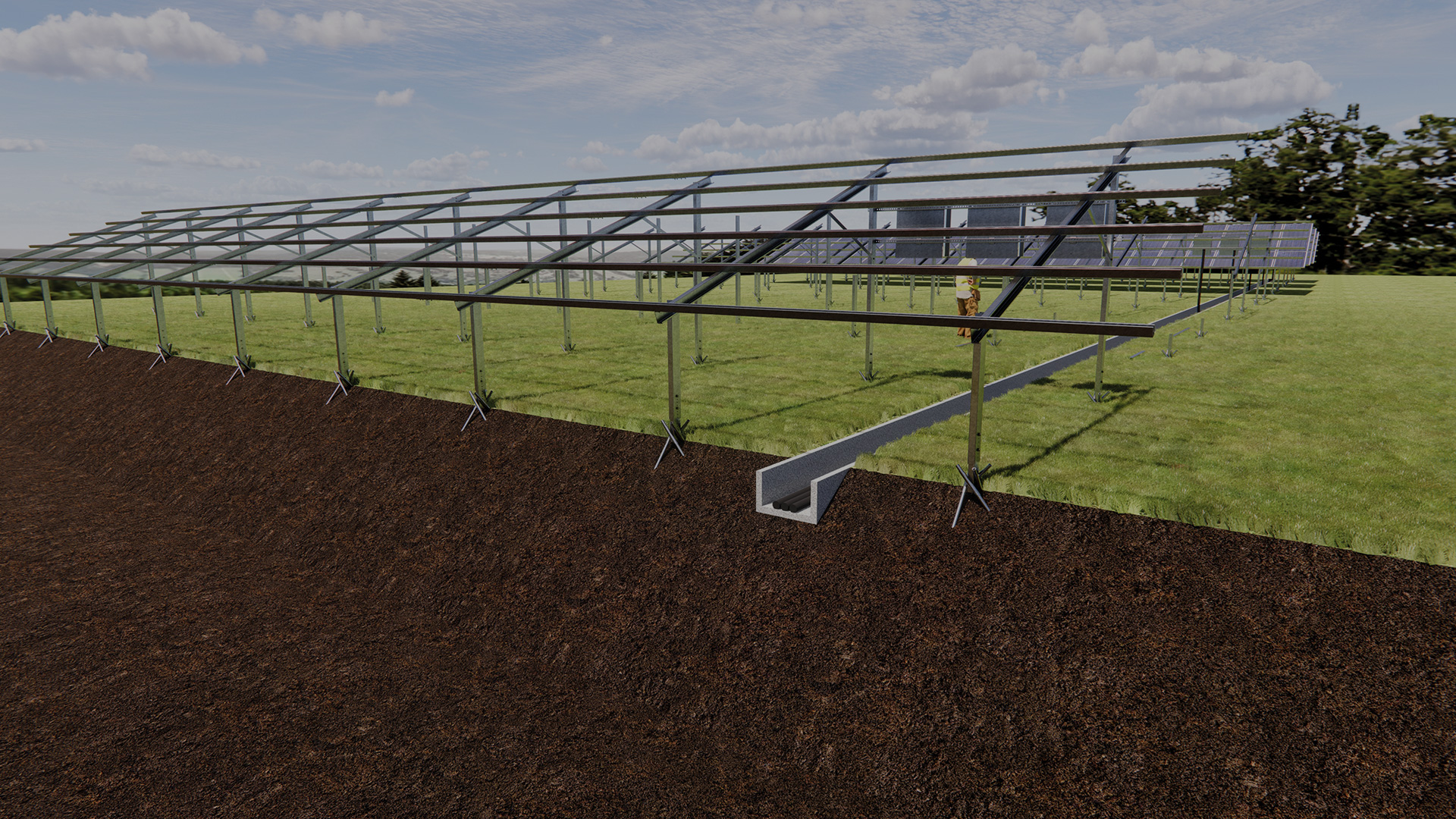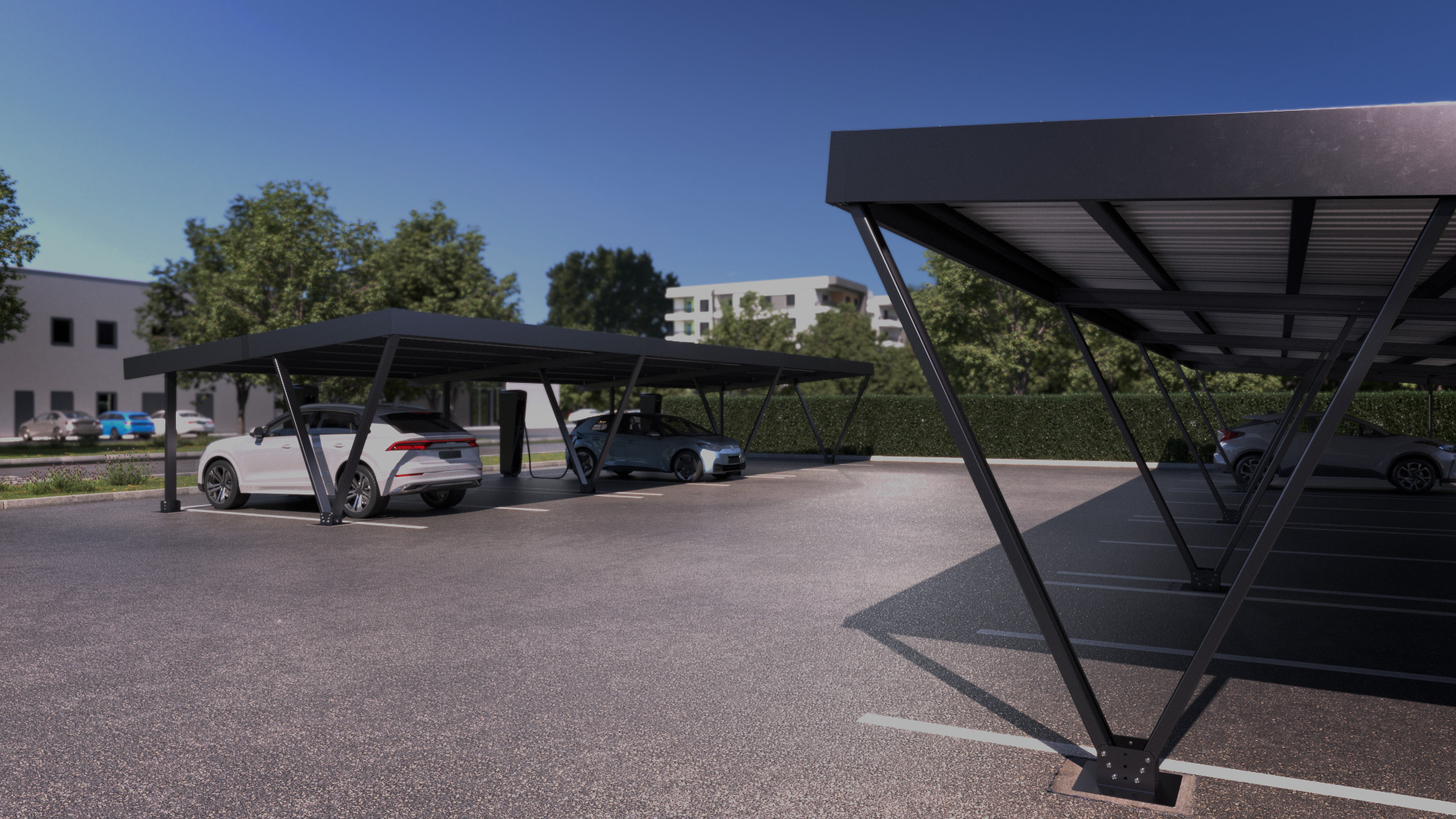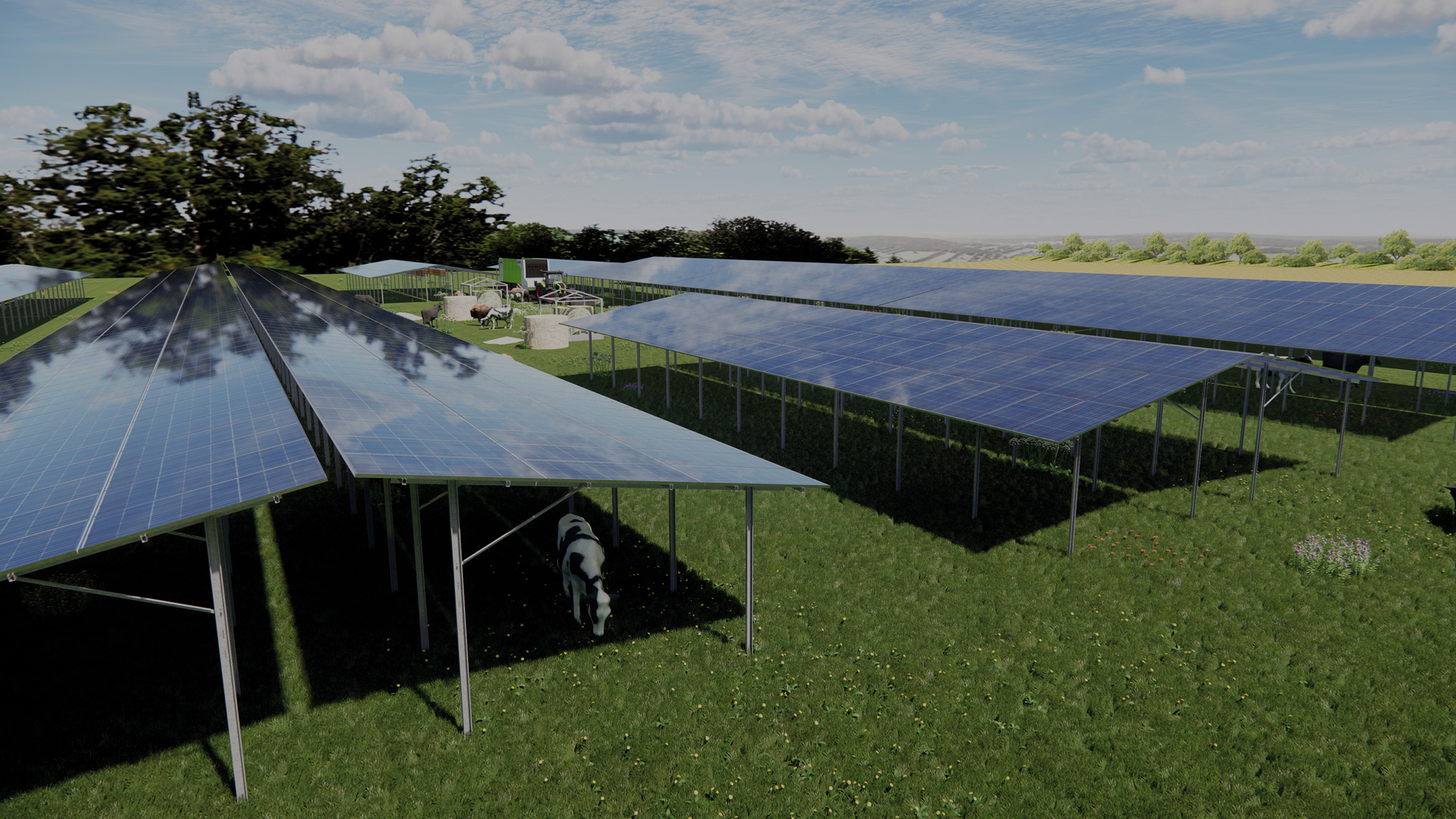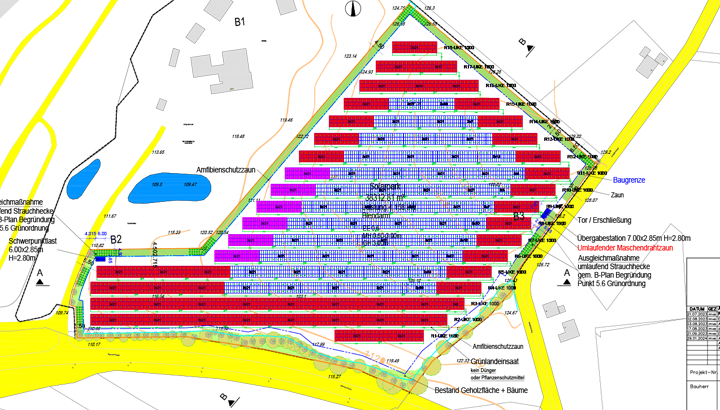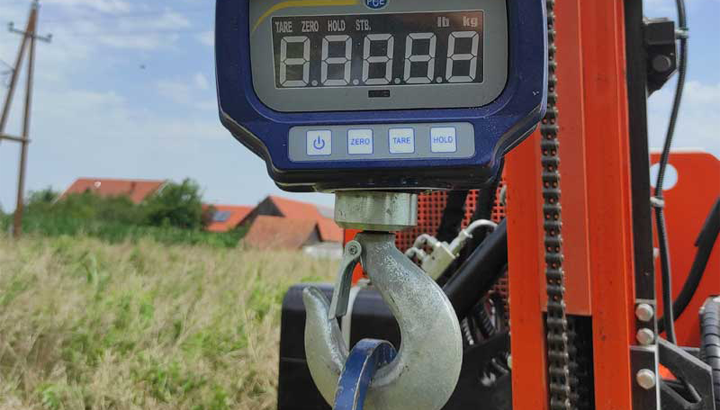
Statics & Co.
The installation of photovoltaic systems (PV systems) in open areas and in agricultural land requires careful planning and precise structural calculations. These calculations are crucial to ensure the safety and longevity of the systems. Cooperation with state-recognised engineering firms and the option of structural testing help to ensure that projects meet the highest quality and safety standards.
Statics and structural calculations
The statics of PV systems refers to the ability of the substructure to safely bear the loads of the solar modules as well as external influences such as wind and snow.
- Fundamentals of statics: Static calculations are based on the design regulations of the Eurocode and the respective national annexes of a country. Variable loads such as wind, snow and earthquakes as well as permanent loads in the form of the dead weight of modules, substructure and inverters are calculated and applied to the mounting system.
- Load assumptions: The load assumptions are based on the location of a project. The terrain category, the elevation of the construction site and the loads specified in the standards for a specific location result in an individual load situation for each project, which must be checked by a structural analysis.
- Dimensioning of the substructure: We always have our dimensioning and preliminary measurements for the substructure validated by a static calculation from an external engineering firm.
Engineering offices
In order to guarantee the safety and quality of the PV systems, cooperation with state-recognised engineering firms is of great importance.
- Technical expertise: State-recognised engineering firms have the necessary expertise and experience to carry out complex structural calculations. They ensure that all relevant standards and regulations are complied with.
- Inspection and validation: Engineering firms take over the inspection and validation of the structural calculations. This also includes checking the construction plans and checking the execution on the construction site.
- Certification and authorisation: By working with recognised engineering firms, the necessary certificates and approvals for the PV system can be obtained more quickly and efficiently.

Test statics
- Independent verification: The structural analysis provides an additional level of safety by carrying out an independent verification of the structural calculations. This ensures that there are no errors or uncertainties in the calculations.
- Ensuring construction quality: A structural analysis helps to ensure construction quality and guarantees that the substructure and all installations meet the highest safety standards.
- Compliance with requirements: In many cases, a structural analysis is required in order to fulfil official requirements and obtain planning permission. It confirms that the system fulfils the legal requirements.
Special requirements in agriculture
The installation of PV systems in agriculture places specific demands on the structural calculations.
- Land use and composition: Agricultural areas often have different land uses and compositions, which must be taken into account when planning the foundations.
- Mechanical loads: Agricultural machinery and activities can exert additional mechanical loads on the PV system. These must be taken into account in the structural calculations.
- Integration with agricultural use: PV systems must be planned in such a way that they do not hinder agricultural use. This also includes the planning of access routes and consideration of harvest cycles.

Careful calculation and testing
The planning and implementation of ground-mounted and agricultural photovoltaic systems requires precise structural calculations and close cooperation with state-recognised engineering firms. The statics of the systems must be carefully calculated and checked to ensure the safety and longevity of the PV systems. The option of independent structural testing provides an additional level of safety and ensures that all legal requirements are met. Through this comprehensive planning and co-operation, PV systems can be installed efficiently and safely to ensure a sustainable and reliable energy supply.

